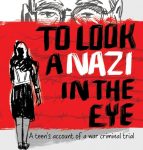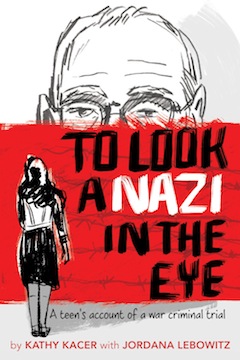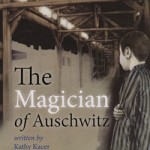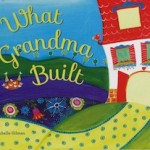Novelist Milan Kundera said of Jews in the 20th century that they “were the principal cosmopolitan, integrating element in Central Europe: they were its intellectual cement, a condensed version of its spirit, creators of its spiritual unity. That’s why I love Jews and cling to their heritage with as much passion and nostalgia as though it were my own.”
I love reading these words, it helps me keep my head up. And motivated. I think of them often as I work on two major concerts which celebrate multiple aspects of Jewish heritage and history, the devastating impacts of hate, and the need for more love and compassion in the world today.
You may remember my last endeavour, Project Tehillim, which was about the salvation of the Bulgarian Jews during the Second World War. (See jewishindependent.ca/music-to-say-thank-you.) I grew up in Bulgaria and, while I never experienced the antisemitism, I knew about it from history books. This is why I am shocked and horrified at what is going on around the world, including here in Vancouver. One of my friends said: “The evil is shocking. The willingness of this evil to parade itself is even more shocking.”
I can only respond with what I know best: the power of music and art. The arts have the incredible ability to affect people more profoundly than plain facts. It is personal stories, artistically presented, that have an emotional impact.
I am the artistic director, with fellow pianist Jane Hayes, of Yarilo Contemporary Music Society, which is dedicated to high-quality professional music performances. The Yarilo ensemble has performed in Zurich, Moscow, Sofia and Tel Aviv, and the society has commissioned a number of Canadian composers: Jocelyn Morlock, Kelly-Marie Murphy, Jordan Nobles, John Burke, Colin MacDonald, Michael Conway Baker and Farangis Nurulla-Khoja. We work with members of the Vancouver Symphony Orchestra and we collaborate with Leslie Dala, the conductor of the Vancouver Opera and the Bach Choir.
Because government and other funding for the arts is in huge decline, I am turning to you, my fellow Jewish community members, for help in realizing Yarilo’s next project: Compassion Above All.
The first concert of the project, To Hope and Back, is a chamber music event that will take place this year on Nov. 10, 2 p.m. and 7:30 p.m., at Orpheum Annex. The budget is $10,000.
To Hope and Back is based on the book of the same name by Kathy Kacer, the daughter of a Holocaust survivor. The book tells the story of the SS St. Louis through the eyes of two children on board the ship that sailed from Germany in 1939 carrying nearly 1,000 Jewish refugees and was refused the right to land by every country, including Canada, forcing it to return to Europe, where many of the passengers were murdered in the Holocaust. The November concert will include two child actors reading excerpts from the book and Kacer has confirmed that she would like to come for the event from Toronto. It will include the music of Philip Glass, Steve Reich, Iman Habibi and Gheorghi Arnaoudov. Steve Reich’s work, “Different Trains,” includes archival recordings from the trains going to Auschwitz.
The second concert, The Tale of Esther in Our Time, is a symphony music concert conducted by Dala, and it will take place in 2025, on March 29, 7:30 p.m., at Christ Church Cathedral. Its budget is between $60,000 and $80,000.
The featured work of The Tale of Esther in Our Time is Iman Habibi’s “Shāhīn-nāmeh,” which was nominated for a Juno and won the Azrieli Foundation award for Jewish music in 2022. Based on the poetry of 14th-century Judeo-Persian poet Shahin Shirazi, the composition depicts the tale of Esther and delves into the themes of love, spiritual struggle and devotion. “Shāhīn-nāmeh” calls out for love and compassion; it brings the heart of humanity into focus.
Also on the program will be Arvo Part (“Tabula Raza”), Peteris Vasks (“The Message”) and Kelly-Marie Murphy (“En El Escuro Es Todo Uno,” “In the Darkness We Are One”).
Please feel free to ask any questions. I will also happily take any advice for funding opportunities. Any donation, even the smallest one, is a great support, financial and moral.
For more information about Yarilo, visit yarilomusic.com. To donate, go to gofundme.com.









